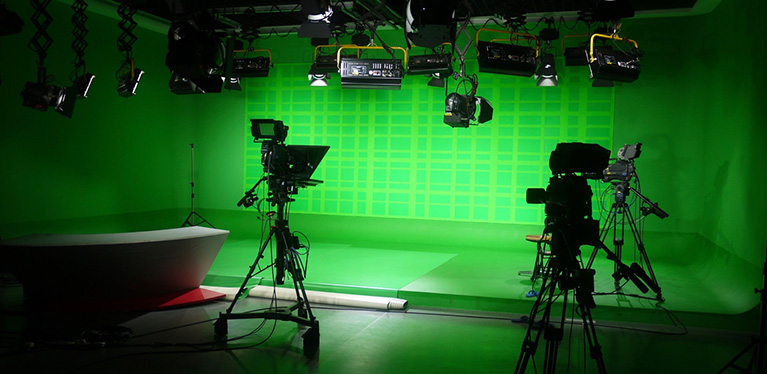One of the first impressions we get on seeing The Hobbit: An Unexpected Journey in one of those special screens that showed the film in HFR 3D is that the film looks sped up. Images suddenly look flawlessly clear, and something seems amiss from the cinematic experience. That is made possible by the new kid on the block called the High Frame Rate (or HFR) technology.
In HFR, the film is shot and projected at 48 frames per second, rather than the industry-standard 24 frames per second. One of the main reasons why 24 fps works is that this rate has a few more frames than required in establishing what we term “persistence of vision” that helps the audience in the suspension of disbelief. However, the audiences still have to fill in the intervals between frames. In HFR, the higher frame rate will mean the audience will have to spend lesser time filling in the intervals between frames, resulting in an illusion of a sharper and more lifelike image.
This HFR experiment conducted by Peter Jackson can be viewed from multiple angles – the stereo component, the VFX component, and the projection component.
From the stereo perspective, HFR needs more work in setting up than a normal stereo rig. When the HFR rig dictates that the cameras have to be synced at 48 fps by default, it also means that they have to be synced at even higher frame rates like 72 fps, 96 fps etc. for slow motion shots. With the film being shot on RED Epic cameras, building stereo camera rigs also became an issue. The film employs handhelds, steadicams, sliders, dollies etc., the consideration of keeping the cameras fluid dictates that the rigs are kept light. Moreover, the images were captured at a 4k resolution, which means storing, checking, processing and backing up the data proved to be a greater concern still. Moreover, these rigs have to be adapted to suit indoor and outdoor environments, when shooting environments ranging from Bag End and Gollum’s cave to the vast landscapes of New Zealand.
From the VFX standpoint, the amount of data that goes to the VFX facilities is several times the usual feature. A standard movie that runs for roughly two and a half hours has approximately 24 x 60 x 150 = 216000 frames. With 3D and at 48 fps, this number goes up four times. Shooting at 4K resolutions, the size of each frame goes up four times as well. So, the amount of work becomes 16 times the usual. However, this makes it easier for the VFX studios in the sense that they do away with the motion blur have it easier to add the computer-generated elements to the frames. Also, the higher frame rates, the minute expressions of the CG characters can be showcased better.
From the projection standpoint, projecting the film at a higher frame rate will mean that motion blur between frames is removed to a large extent. This has a positive note for the viewers in that they see a clearer image, but this increased level of detail greatly decreases the visual grandeur the film was expected to project. The level of immersion in the film was so high that the audiences feel right inside Middle Earth, but the audience could see every minute detail, from the plastering on the sets to the makers of Gandalf’s contact lenses. This is both intriguing and unnerving at the same time.
All these make HFR a double-edged sword. If used judiciously, HFR could well be the next shift in paradigm the motion picture industry has been waiting for. When abused, this technology could result in motion pictures looking like infuriatingly long ride movies. We already have takers in James Cameron who has hinted on using it for his upcoming Avatar sequels, and in Bryan Singer who may be using it for his upcoming X-Men movie. Peter Jackson has already confirmed the release of the Hobbit sequels in HFR. But, is this technology here to stay? Only time will tell.


